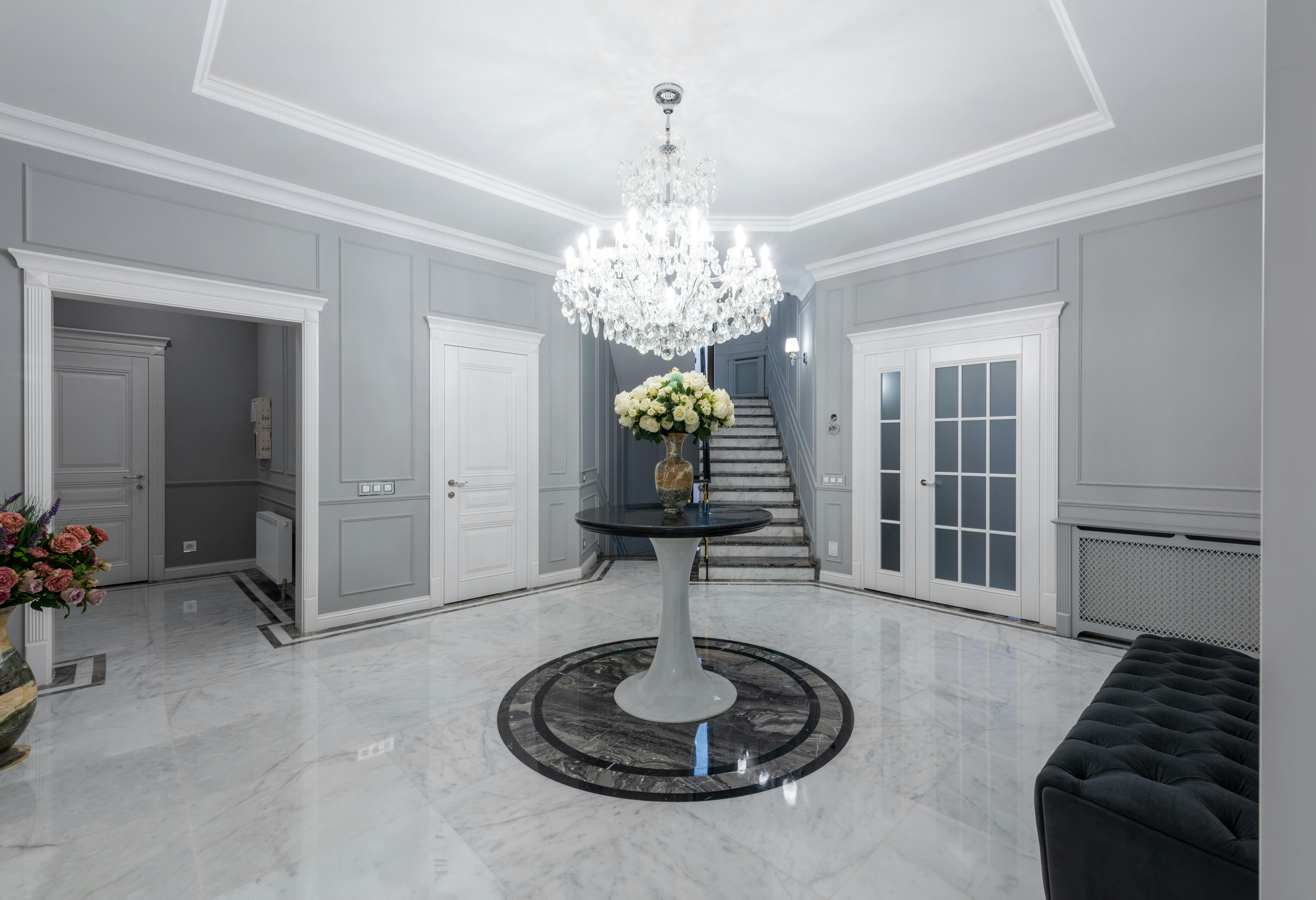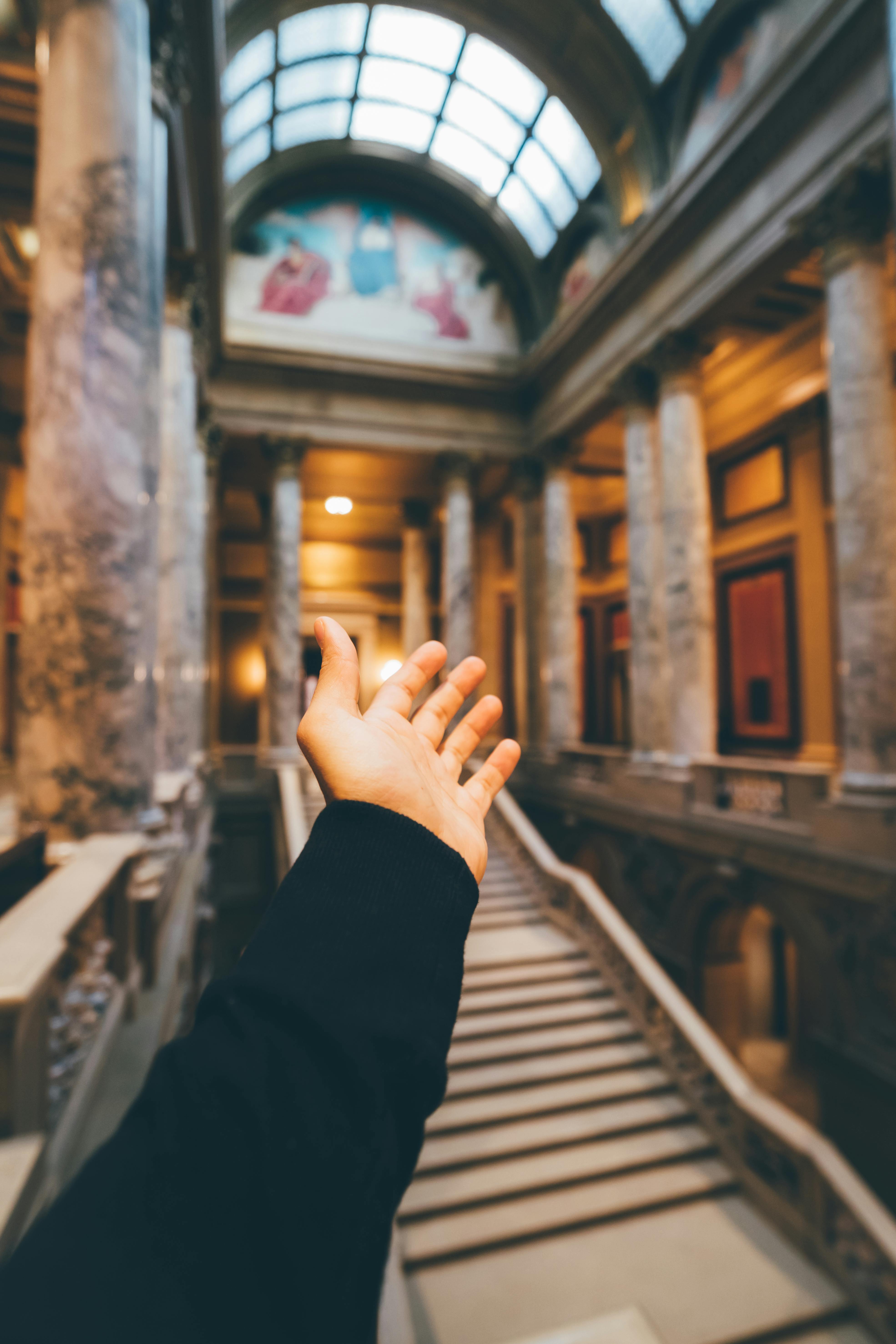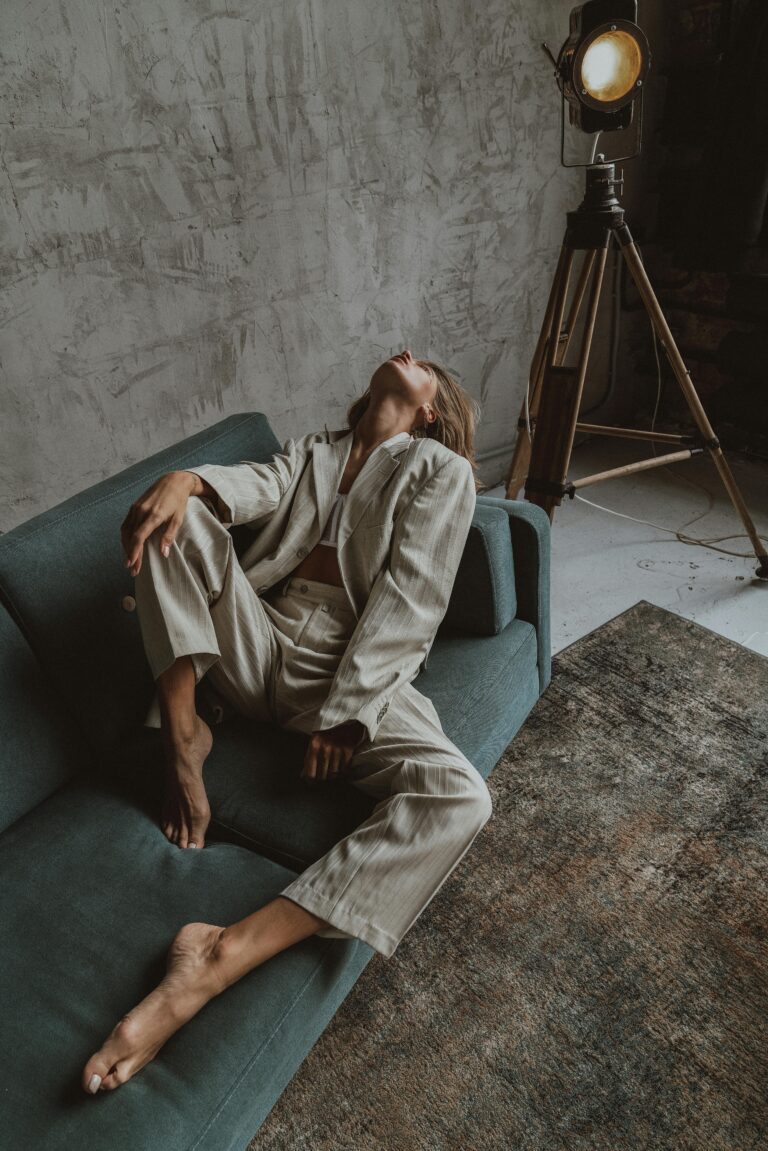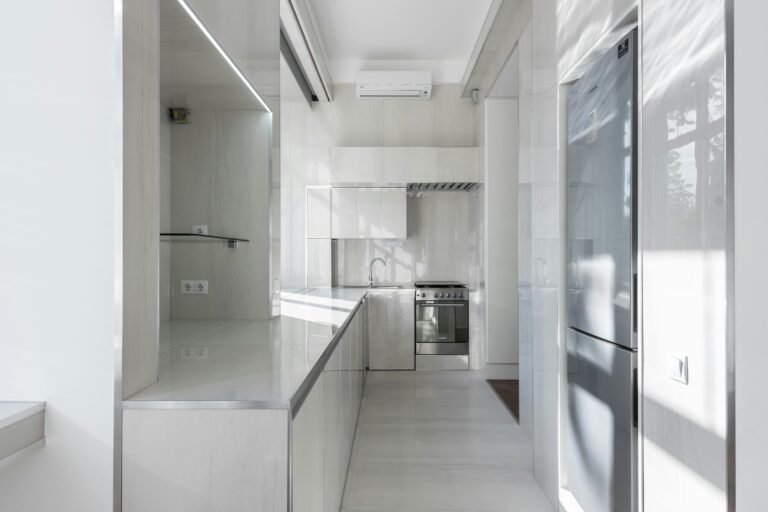You have less than seven seconds to captivate your guests—that’s precisely how long it takes for someone to form their first impression of your home. The foyer, your residence’s opening statement, determines whether visitors perceive refined sophistication or missed potential. In 2025, luxury entrance design has evolved beyond mere functionality into immersive experiences that rival the grand lobbies of five-star hotels and private clubs. Today’s visionary designers understand that exceptional foyers don’t simply welcome guests; they transport them into carefully orchestrated narratives of elegance, craftsmanship, and architectural poetry. This comprehensive exploration reveals how elite designers are revolutionizing luxury entrances through statement architecture and artisan craftsmanship that creates unforgettable first impressions.
The psychological theater of grand entrances
Master designers approach foyer transformation as psychological theater, understanding that the entrance moment shapes every subsequent interaction within the home. Research from the American Institute of Architects shows that 89% of homebuyers form lasting impressions within the first 30 seconds of entering a residence, making the foyer the most critical space for establishing property value and emotional connection.
The most successful luxury foyers operate on multiple sensory levels simultaneously. Visual impact captures attention through dramatic ceiling heights, sculptural lighting, and architectural flourishes. Tactile elements—hand-forged hardware, natural stone surfaces, and custom millwork—invite physical interaction that deepens the sensory experience. Even acoustics play a crucial role, with designers carefully controlling how footsteps, voices, and ambient sounds behave within the space.
Consider how strategic lighting design transforms the entrance experience. Today’s visionary designers layer multiple lighting sources to create depth and drama—architectural uplighting highlights soaring ceilings, accent lighting showcases art collections, and statement chandeliers serve as sculptural focal points that define the space’s character.

This Photo was taken by Max Vakhtbovycn.
Architectural elements that command attention
Statement architecture in luxury foyers begins with bold structural decisions that immediately communicate sophistication and attention to detail. Double-height ceilings create cathedral-like grandeur, while custom staircases become sculptural centerpieces that define the entire entrance experience.
The most impactful architectural transformations incorporate unexpected elements that surprise and delight visitors. Floating staircases with glass railings create visual lightness while maintaining safety and elegance. Custom archways and coffered ceilings add classical sophistication, while contemporary interpretations might feature dramatic cantilevers or suspended architectural elements that seem to defy gravity.
Material selection plays a crucial role in architectural impact. Natural stone flooring—whether Italian marble, French limestone, or exotic granite—provides both durability and timeless elegance. The key lies in selecting materials that complement the home’s overall design narrative while creating visual interest through pattern, texture, and color variation.
Wall treatments deserve equal consideration in creating architectural drama. Custom millwork, whether traditional or contemporary in style, adds dimensional interest and sophisticated detailing. Some designers incorporate living walls or water features that introduce natural elements and create calming ambiance. Others opt for dramatic paint treatments or specialty finishes that create visual depth and richness.
The art of proportion and scale
Successful luxury foyer design requires masterful understanding of proportion and scale relationships. Oversized elements—grand chandeliers, large-format artwork, or substantial furniture pieces—create immediate visual impact, but they must be carefully balanced to avoid overwhelming the space.
Professional designers use the golden ratio and other mathematical principles to ensure harmonious proportions throughout the entrance. Ceiling height dictates chandelier size, floor area determines furniture scale, and wall dimensions guide art placement. These calculations ensure that every element feels intentional and perfectly sized for its context.
Artisan craftsmanship that defines luxury
The distinction between standard and luxury foyers often lies in the level of artisan craftsmanship evident throughout the space. Hand-forged metalwork, custom woodworking, and specialized finishing techniques create unique details that cannot be replicated through mass production.
Master craftsmen bring centuries-old techniques to contemporary luxury design. Venetian plaster walls showcase the plasterer’s skill in creating depth and luminosity through multiple layers of specialized materials. Hand-carved stone elements, whether decorative medallions or structural components, demonstrate the sculptor’s artistry in transforming raw materials into architectural poetry.
Custom millwork represents perhaps the most visible expression of artisan craftsmanship in luxury foyers. Skilled woodworkers create integrated storage solutions, decorative panels, and architectural details that appear to be integral parts of the building’s structure. The finest examples showcase complex joinery techniques, hand-applied finishes, and design details that reveal new subtleties upon closer inspection.
| Artisan Craft | Typical Timeline | Investment Range | Key Benefits |
|---|---|---|---|
| Custom Millwork | 6-12 weeks | $15,000-$75,000 | Integrated storage, architectural detail |
| Hand-Forged Metalwork | 8-16 weeks | $25,000-$100,000 | Unique hardware, sculptural elements |
| Stone Carving | 4-10 weeks | $10,000-$50,000 | Architectural ornament, durability |
| Specialty Finishes | 2-6 weeks | $5,000-$25,000 | Surface texture, visual depth |
The renaissance of traditional techniques
Contemporary luxury design increasingly embraces traditional craftsmanship techniques that create authenticity and character impossible to achieve through modern manufacturing. Lime-based plasters create walls with subtle texture variations and natural luminosity. Hand-painted decorative elements, whether trompe-l’oeil effects or abstract compositions, add artistic sophistication that reflects the homeowner’s individual taste.
Metalworking artisans are reviving historical techniques like repoussé and chasing to create decorative panels, lighting fixtures, and architectural hardware. These processes, requiring months of patient handwork, produce unique pieces that become family heirlooms and conversation starters.

This Photo was taken by Ricky Esquivel.
Lighting as sculptural art
Statement lighting serves as both functional necessity and artistic centerpiece in luxury foyer design. The most successful installations transcend mere illumination to become sculptural art pieces that define the space’s character and create memorable visual experiences.
Contemporary designers approach foyer lighting through layered strategies that combine ambient, task, and accent lighting to create depth and visual interest. Dramatic chandeliers anchor the space while architectural lighting highlights key features and creates atmospheric effects. Advanced control systems allow homeowners to adjust lighting scenarios for different occasions and times of day.
Custom lighting designs often incorporate unexpected materials and innovative technologies. LED systems enable precise color control and dynamic effects while consuming minimal energy. Smart glass elements can shift from transparent to opaque, creating privacy and visual interest. Some installations incorporate kinetic elements that slowly move throughout the day, creating ever-changing shadow patterns and visual effects.
The integration of natural and artificial light requires careful planning and sophisticated control systems. Skylights and large windows provide natural illumination during daylight hours, while artificial lighting takes over seamlessly as natural light fades.


